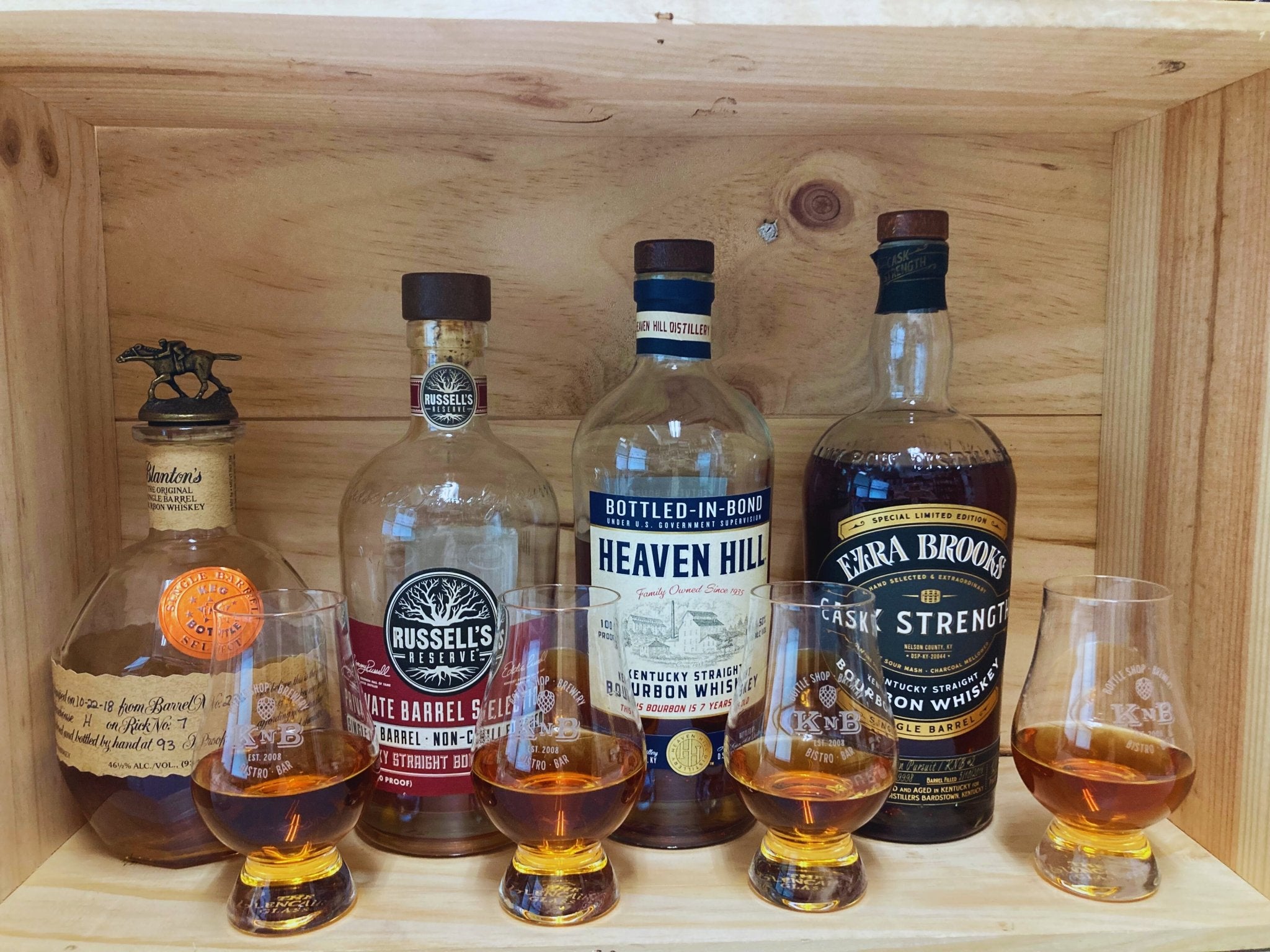Origins of American Whiskey
The roots of American whiskey can be traced back to the 18th century, when European settlers brought their distilling techniques to the New World. Scotch and Irish immigrants were among the first to produce whiskey in America, using local grains like corn, rye, and barley. By the 1700s, distilling was common in the colonies, with Pennsylvania and Virginia emerging as early centers of production.
The first American whiskey style, known as “corn whiskey,” was made primarily from corn mash. This early form of whiskey was typically unaged and enjoyed for its strong flavor and potency. However, as distillers began experimenting with aging their spirits in charred oak barrels, a new, smoother product emerged—what we now recognize as bourbon.
The Rise of Bourbon
The Bourbon Act of 1964 officially recognized bourbon as a distinctly American product, establishing strict regulations on its production. To be labeled as bourbon, the whiskey must be made from at least 51% corn, distilled to no more than 160 proof, and aged in new charred oak barrels. This designation not only solidified bourbon’s place in American culture but also laid the groundwork for its international reputation.
Bourbon production flourished in Kentucky, where the region's unique climate and access to pure limestone water contributed to the spirit's distinctive flavor. The late 19th century saw the emergence of iconic brands like Old Forester, Jim Beam, and Maker’s Mark, solidifying bourbon’s status as the quintessential American whiskey.
The Prohibition Era
The history of American whiskey took a dramatic turn with the enactment of Prohibition in 1920. The 18th Amendment banned the manufacture, sale, and transportation of alcoholic beverages, leading to the closure of many distilleries. However, some whiskey producers managed to survive by shifting to medicinal whiskey, which was still legal. This underground resilience highlighted the cultural significance of whiskey in American society.
Prohibition ultimately ended in 1933 with the 21st Amendment, allowing distilleries to reopen and kickstarting a renaissance in American whiskey production. Many brands took advantage of the post-Prohibition boom, reviving classic recipes and introducing new products.
The Craft Whiskey Movement
The late 20th century marked a significant turning point for American whiskey, with the rise of the craft distilling movement. Fueled by a growing interest in artisanal products and local ingredients, small distilleries began popping up across the country. This resurgence encouraged experimentation with flavors, grains, and aging techniques, leading to a new generation of innovative whiskeys.
Craft distillers embraced traditional methods while also incorporating modern twists, resulting in a diverse array of styles. From single malt and rye whiskies to flavored and experimental expressions, the craft movement expanded the definition of American whiskey.
Cultural Impact Through the Years
American whiskey has left an indelible mark on the country’s culture. From its role in early American celebrations and gatherings to its portrayal in literature, film, and music, whiskey has been a symbol of hospitality, camaraderie, and rebellion.
In the 19th century, whiskey was often consumed in saloons, serving as a social hub for communities. The Old West culture further romanticized whiskey, solidifying its status as a staple of American life. Iconic figures like Mark Twain and Jack Daniel became synonymous with the spirit, adding to its lore.
In recent years, whiskey has gained a new status as a symbol of sophistication and craftsmanship. Whiskey bars, tastings, and festivals have become increasingly popular, appealing to a new generation of enthusiasts. The cocktail renaissance has also contributed to whiskey’s cultural revival, with classic drinks being reimagined and served in trendy bars worldwide.

